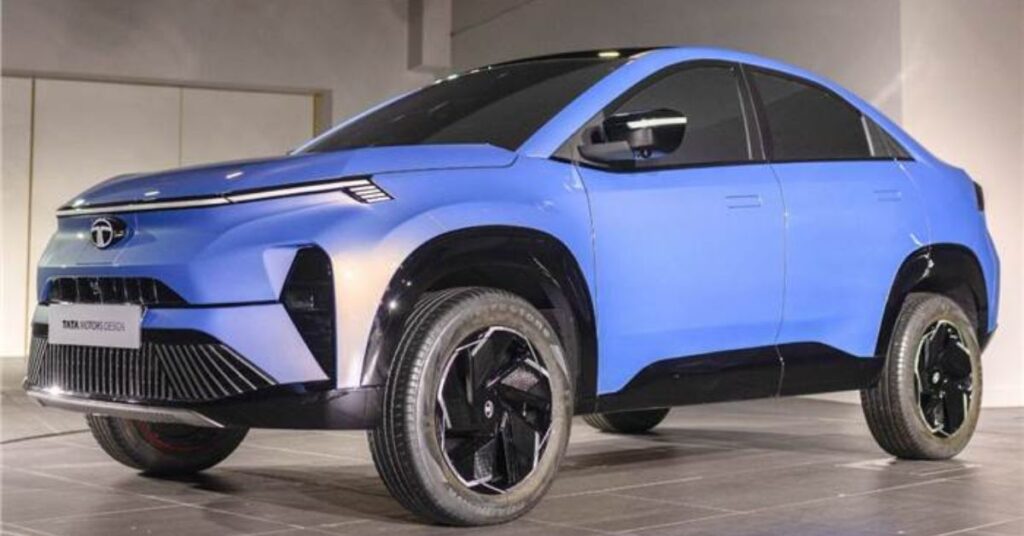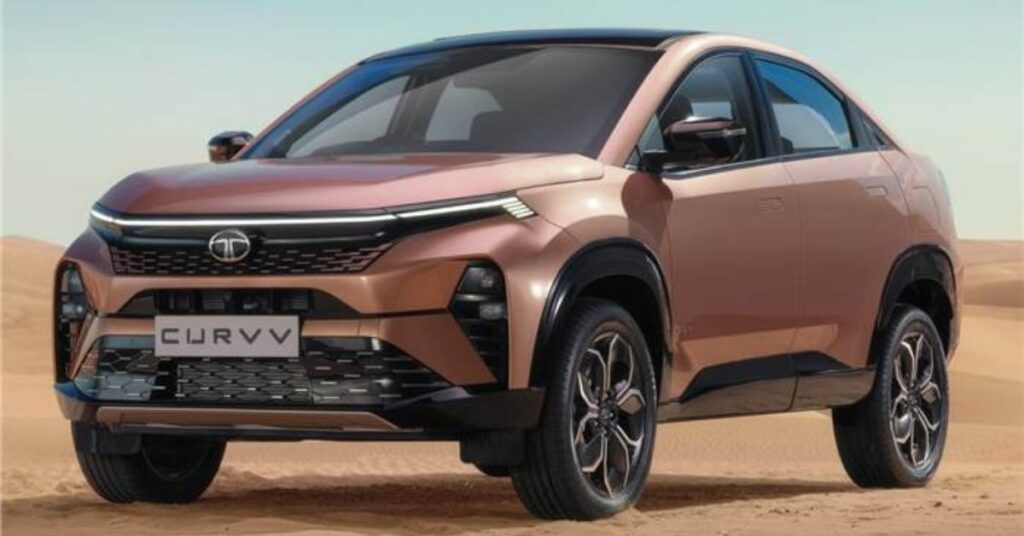Living with a variety of electric vehicles, we’ve come to realize that even before confronting range anxiety, there’s often a concern about plugging in. Not the heart-pounding kind of concern, but rather questions like, will it charge quickly enough, or why does your car have a different plug, and can you charge it at any outlet? In this guide, we aim to provide you with a comprehensive understanding of EV charging.
Exploring the Different Charging Methods
1. 15-Amp AC Charging
Let’s start with the familiar 15A Alternating Current (AC) plug point—the broad 3-pin socket that typically powers your heavy-duty home appliances. Surprisingly, this common socket can also charge your EV. However, with an output of just 3.3kW, it’s relatively slow.
For smaller battery packs, like the one in the Citroen eC3 (29.2kWh), an overnight charge will suffice. For larger batteries, it can take well over a day. The 15A socket is best suited for small batteries found in electric two-wheelers and compact cars, serving as a handy backup option in case of emergencies.
2. AC Fast Chargers
AC wall chargers provide higher wattage, typically ranging from 7kW to 22kW. These compact units can be installed at homes and are often offered by manufacturers. For instance, the Tiago EV offers an optional 7.2kW charger that can charge a 24kWh battery from 10% to 100% in just 3 hours and 35 minutes, whereas the standard 3.3kW charger takes 6 hours and 20 minutes.
3. DC Fast Chargers
Electric vehicle batteries operate on direct current (DC). While most EVs convert alternating current (AC) to DC to charge their batteries, you can bypass this conversion process by using a DC fast charger. These chargers convert the grid’s AC power to DC and deliver it directly to your battery, allowing for faster charging rates. For example, the Tata Tiago EV with a 24kWh battery can reach 80% charge in just 57 minutes on a DC fast charger with a 50kW output.
DC fast chargers are typically found at public charging stations, require special installation, and are not suitable for home use. Some advanced DC chargers can even reach speeds of up to 350kW.
4. Vehicle-to-Vehicle (V2V) Charging
Similar to siphoning fuel from one car to another, V2V charging enables one EV to share its battery charge with another. However, this method is generally slow and best suited for emergencies. Both vehicles must be designed for V2V charging, with compatible power electronic systems that allow them to communicate. Examples of EVs capable of V2V charging include the Hyundai Ioniq 5 and Kia EV6.
Understanding Charging Speed Variations
Charging speed is not constant throughout the charging process. On slow and medium AC chargers, the power flow remains relatively consistent, resulting in a steady charging rate. In contrast, DC chargers follow a step curve, quickly rising and then gradually declining as the battery charges. This curve is designed to prevent overheating and overcharging of individual battery cells. Charging slows down as the battery approaches full capacity, ensuring all cells charge uniformly. Most EV owners recommend stopping charging at around 80% to preserve battery life.
Factors Affecting Charging Speed
Several factors influence charging speed:
1. Ambient Temperature
Extreme temperatures, either too hot or too cold, can slow down charging. Ideal charging temperatures range from 15 to 25°C.
2. Load
Using vehicle systems like HVAC while charging can extend charging time, as the battery management system slows down to manage heat generated during both charging and system usage.
Exploring Charger Plug Types
Just as we saw with mobile phones, EV manufacturers use different charging connectors based on their regional preferences. A global standard for charging connectors is still a distant goal. Here are some common plug types:
AC Connectors
- North American and Japanese manufacturers use Type 1 (J1772) connectors, which utilize single-phase electricity and provide slower charging.
- European manufacturers use the IEC 62196 Type 2 (Mennekes) connectors, which support three-phase electric connections and can also use the Type 1 communication protocol, allowing flexibility in different markets.
- China uses the GB/T connector, similar in appearance to the Type 2 plug but with reversed cables.
- Tesla employs its proprietary connector that handles both AC and DC current, but some models in Europe use the Type 2 plug.
DC Connectors
- CCS (Combined Charging System) adds two pins to Type 1 and Type 2 AC plugs, forming CCS 1 and CCS 2, respectively, to enable DC fast charging.
- Japanese manufacturers use CHAdeMO plugs alongside Type 1 AC plugs.
- China employs an additional GB/T plug with different pin arrangements for DC charging.
In India, Type 2 connectors are commonly used for AC charging and CCS 2 for DC fast charging, although earlier models like the Mahindra e2O and older Tigor EV used different connectors.
Understanding the diverse world of EV charging is essential for a seamless and efficient charging experience. Whether you’re using a standard home socket or a high-speed DC charger, knowing the options and factors influencing charging speed will help you make informed choices as an EV owner.
Read More:




